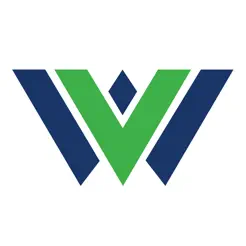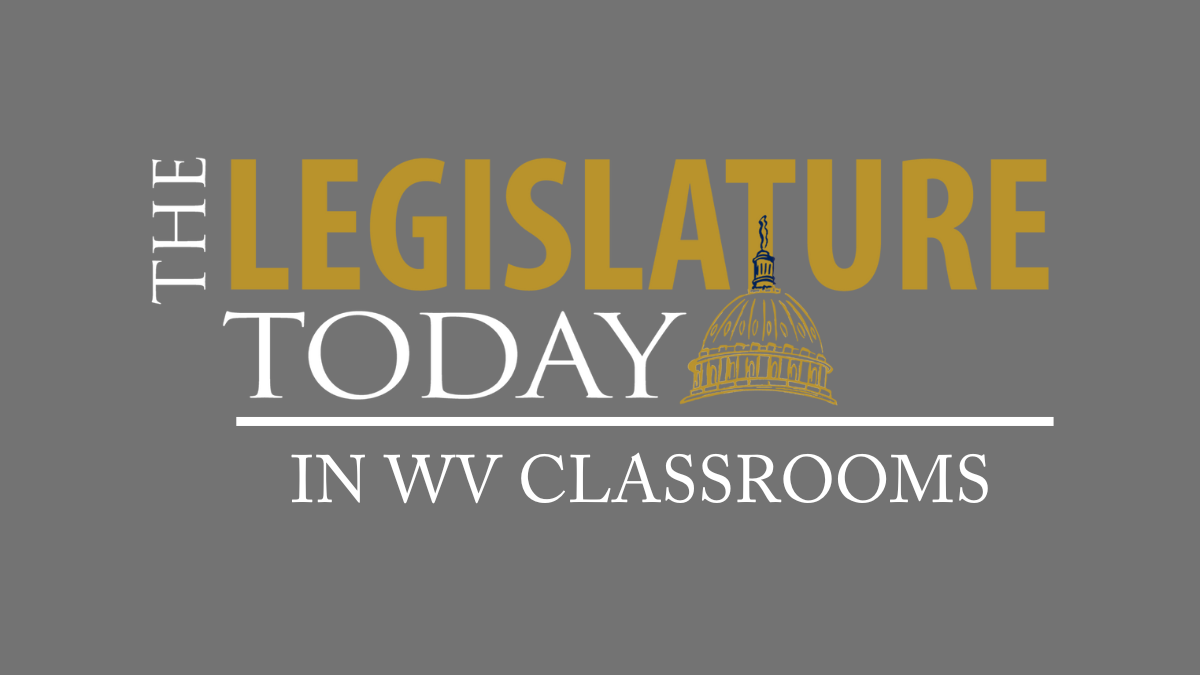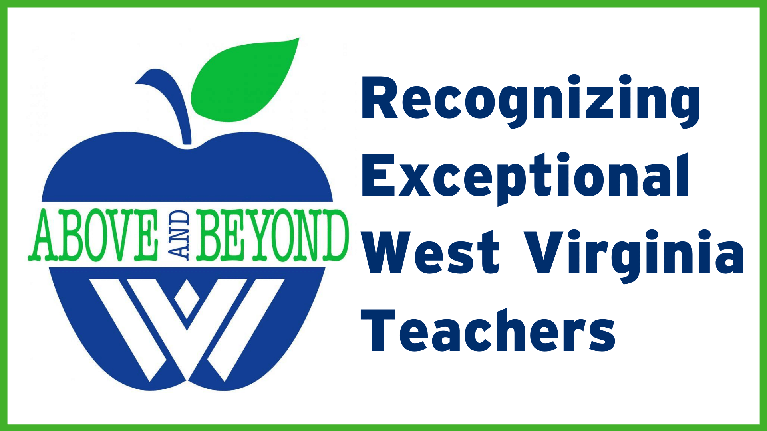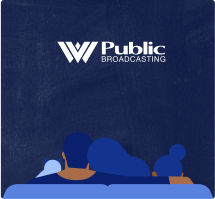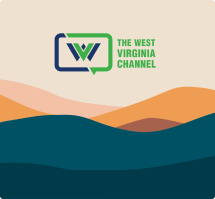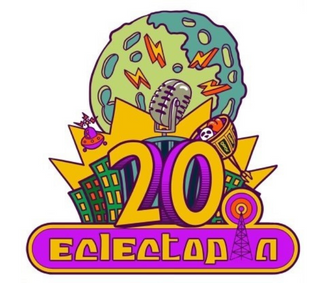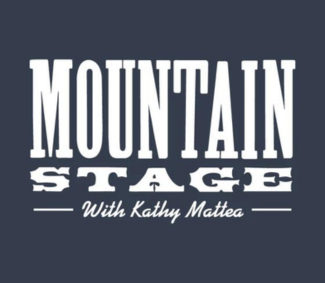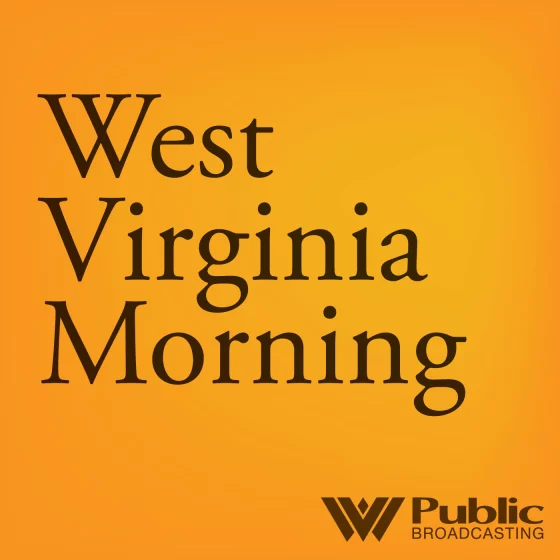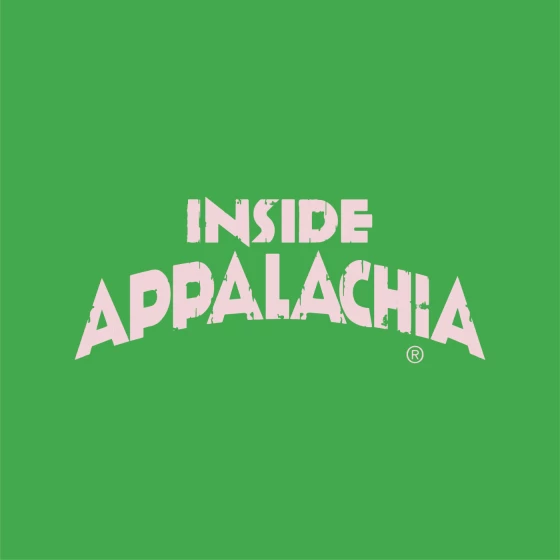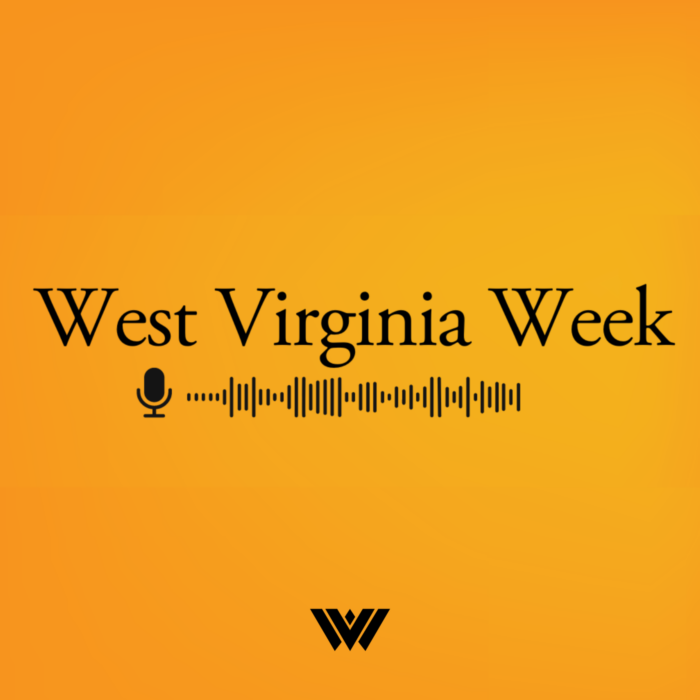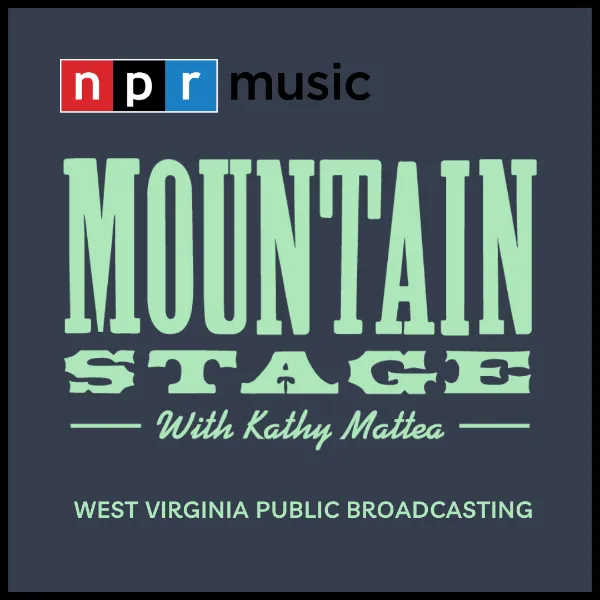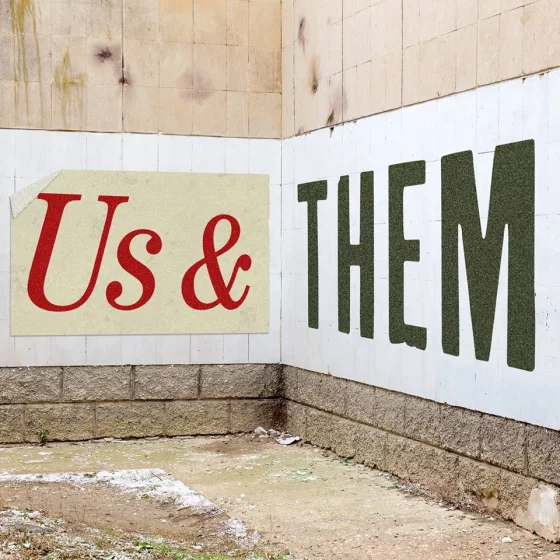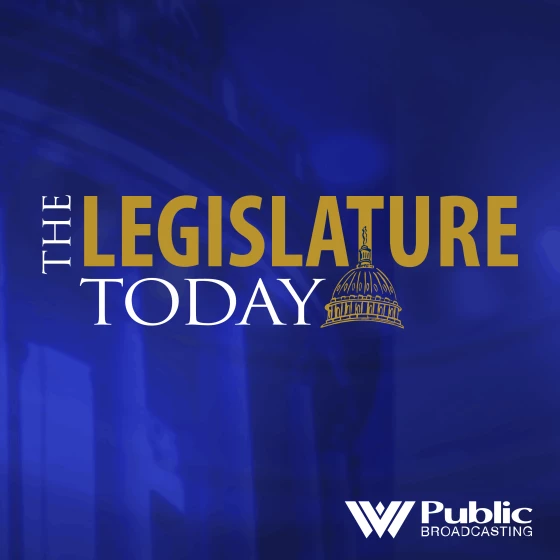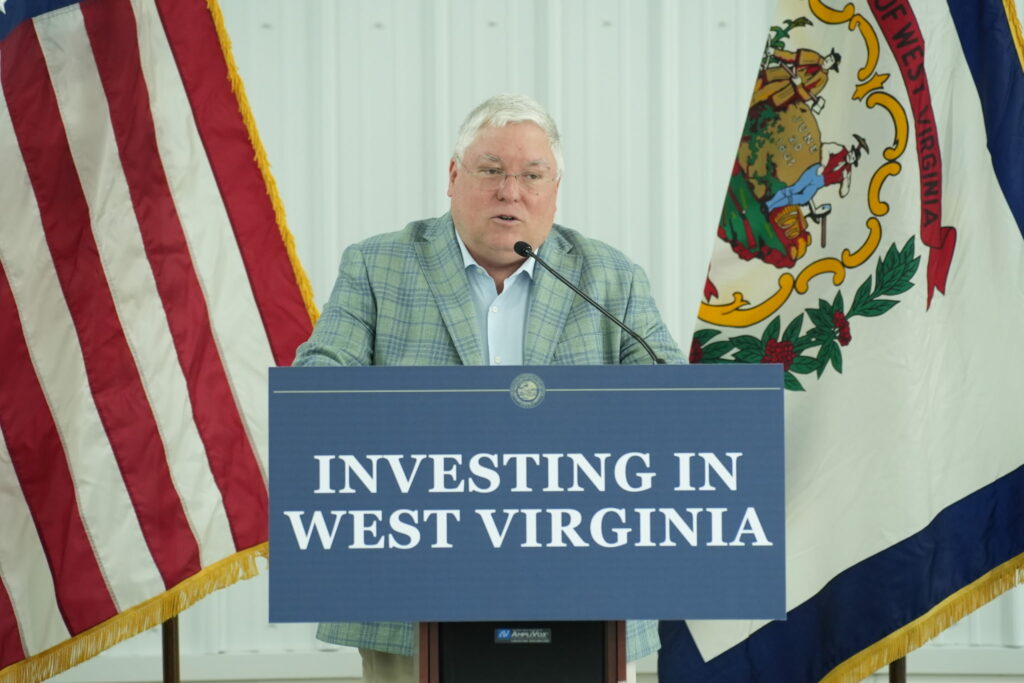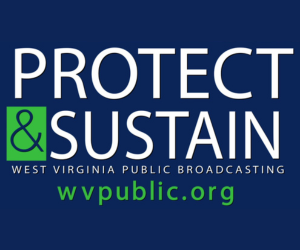From floods to water quality crises, West Virginia’s water infrastructure has recently been front of mind for many. State funding aims to help some communities make improvements.
Friday Gov. Patrick Morrisey announced $16 million for water and sewer projects across the state. The announcement follows another announcement Tuesday of a $6 million investment into two flood mitigation studies.
The governor was in St. Mary’s to make the announcement, one of the seven communities to receive funding for material improvement projects like replacing deteriorated waterlines and extending water service.
Morrisey said quality water infrastructure is key to advancing the state’s economic development.
“We can’t do any of these great economic things if the state doesn’t also have clean, safe drinking and bathing water,” he said. “Can we agree on that? This shouldn’t be partisan and quite frankly, a lot of companies won’t even move into the state if we don’t have updated infrastructure for businesses and employees.”
The money will be distributed as West Virginia Infrastructure and Jobs Development Council grants, supplemented by federal and private funds.
- Canaan Valley Public Service District: Tucker County – $1,000,000 IJDC grant to construct a new wastewater treatment plant.
Total cost: $9,500,000
Supplemental Funds from the Clean Water State Revolving Fund (CWSRF), U.S. Economic Development Administration (USEDA) and IJDC’s Economic Development Fund
- Jumping Branch-Nimitz Public Service District: Summers County – $1,000,000 IJDC grant to extend public water service to the Madams Creek Road area in western Summers County.
Total cost: $5,400,000
Supplemental funds from the Drinking Water State Revolving Fund (DWSRF), Water Development Authority Economic Enhancement Grant Fund, Jumping Branch-Nimitz PSD, Summers County and a private utility partner.
- City of St. Marys: Pleasants County – A low interest loan of $496,700 to replace deteriorated waterlines on Morgan Avenue and Barron Street and install five hydrants and two valves in the Mound Manor area.
Total cost: $1,696,700
Supplemental funds from the Army Corps of Engineers and City of St. Marys.
- City of Thomas: Tucker County – IJDC grant of $500,000 to install a pre-treatment system at the Thomas Water Treatment Plant.
Total cost: $1,530,000
Supplemental funds from the Water Development Authority’s Economic Enhancement Grant Fund.
- Flatwoods Canoe Run Public Service District: Braxton County – IJDC Critical Needs grant of $17,810 to replace 70 feet of sewer line to mitigate a partial sewer collection collapse, which resulted in an immediate health hazard.
- McDowell County Public Service District: McDowell County – IJDC Critical Needs grant of $219,047 to address failures of the Bradshaw wastewater system that McDowell County PSD is now operating on their behalf.
- Mingo County Public Service District: Mingo County – Mingo County Public Service District has received an IJDC Critical Needs grant of $195,684 to address the failures at the Naugatuck water treatment plant.
Morrisey acknowledged the state has had some challenges in the past regarding water.
“When I took office, I looked to both improve our water quality and support water and sewer infrastructure,” he said. “This year, we’ve been fortunate, thanks to the help of the legislature and a lot of the federal grant opportunities that we’ve been pursuing, we’ve been able to kick start a number of new projects with low interest loans to really help get the state moving in the right direction when it comes to water and sewer infrastructure.”
Special Session
Morrisey also addressed ongoing speculation that he will soon call the legislature into a special session to address issues like funding for the Public Employee Insurance Agency. He confirmed there will be a special session but stopped short of identifying a date or topics to be discussed.
“We’ve been having good communications with the legislature. The hope has always been to collaborate with the legislature before you call them back into session,” Morrisey said. “Maybe it makes sense to do it during the interim sessions, but we certainly plan to do it, because we need to continue to make progress on some of the long term structural challenges facing our state, and you know PEIA is one of them, and so I do expect that we will be having a special session.”
State Budget
The state of West Virginia ended Fiscal Year 2025 with a total year-end surplus of nearly $340 million.
Of that, more than $250 million is higher than estimated revenue collections. Another $50 million is unappropriated money from the previous fiscal year.
A large percentage of the surplus has already been appropriated, including $100 million for secondary road maintenance obligated by the legislature.
Morrisey said close collaboration with the legislature and making tough decisions will allow for some of the surplus to roll over into the new fiscal year.
“I know that when I came in on day one, I issued an executive order to begin looking for the kind of savings that we need, and it’s paying off,” he said. “We’re saving money. We’re running government more efficiently, and we’re making decisions to say, ‘Listen when we’re going to spend money, let’s make sure we spend it on the things that really matter and drive economic growth.’ So that’s why we’re here today.”
